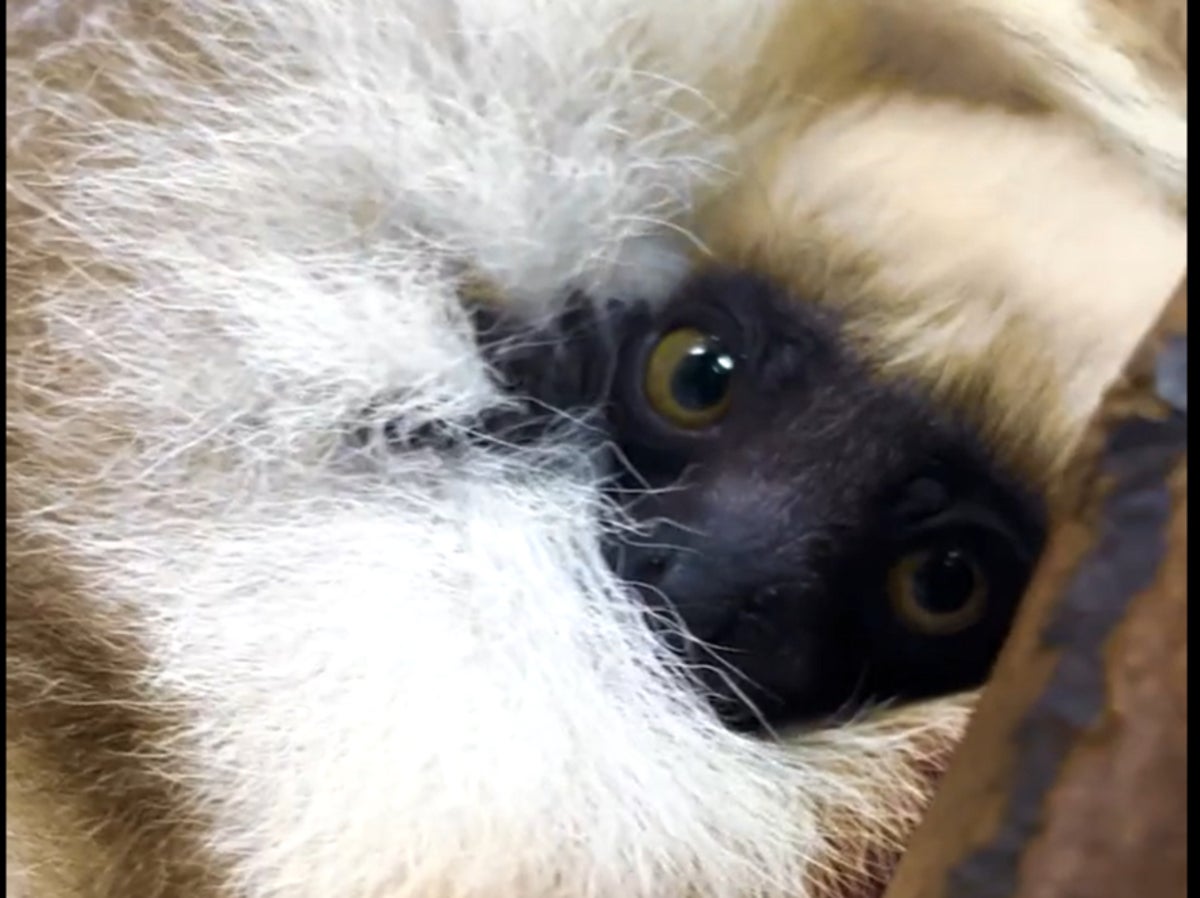
A critically endangered primate couple has given birth at the Chester Zoo in what is being described as a “landmark moment” for the conservation of the rare monkey species.
The Coquerel’s sifaka are found in the wild in northwest Madagascar and are nicknamed the dancing lemur because of the way they move.
The species has an upright posture and move on their back legs.
There was a decline in the species’ numbers in recent decades due to habitat loss, hunting and deforestation.
A pair of the rare monkeys had arrived at the Chester zoo in May 2021 for the purpose of having the first conservation breeding programme for the species in Europe.
In a statement on Twitter on Thursday, the Chester Zoo called the birth “the FIRST successful Coquerel’s sifaka birth ever in Europe”.
Mike Jordan, the zoo’s director of animals and plants, said the birth was “a real landmark moment for conservation” that had “kickstarted” the European breeding programme for the species.
He added that the programme could become “the lifeboat that prevents them from becoming wiped out completely”.
A zoo representative said the “precious youngster” arrived to parents Beatrice and Elliot 18 months after the two were translocated from the US, reported BBC News.
“With these incredible lemurs on the brink of extinction, the arrival of Beatrice’s baby is a real landmark moment for conservation,” tweeted Chester Zoo.
According to the zoo, the baby Coquerel’s sifaka weighs 4oz (119g) and will continue to hold on tightly to its mother’s belly “for several weeks, before riding on her back like a backpack until around six months old”.
Staff in the zoo are expected to determine the sex of the tiny primate, which was born in December last year, “once it starts to branch away and explore on its own”.
Another pair of the Coquerel’s sifaka was sent to Germany’s Cologne from the US and put on display in July 2021.
The Cologne Zoo had then said their goal was to create a safety net population to help prevent their extinction.











